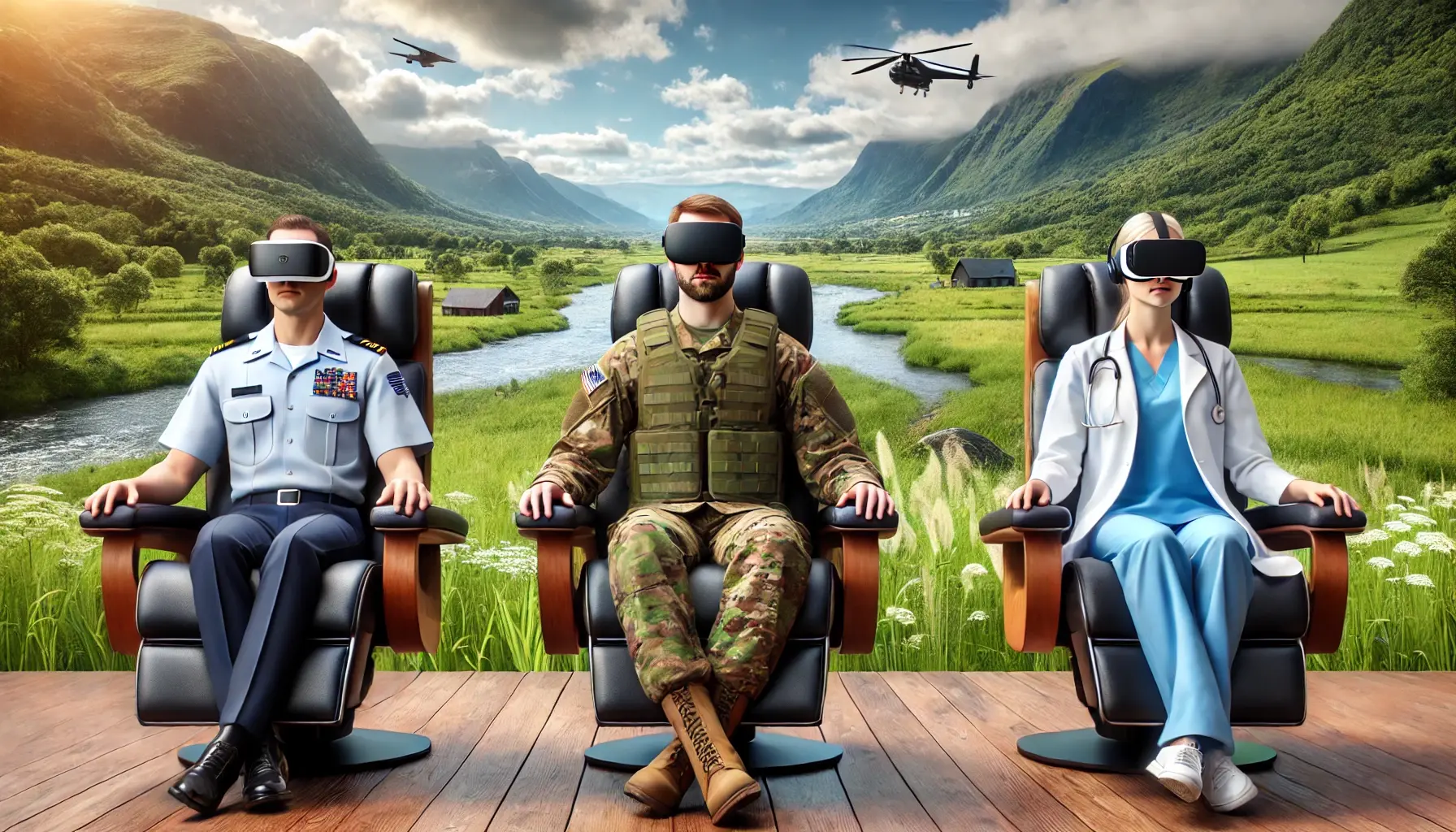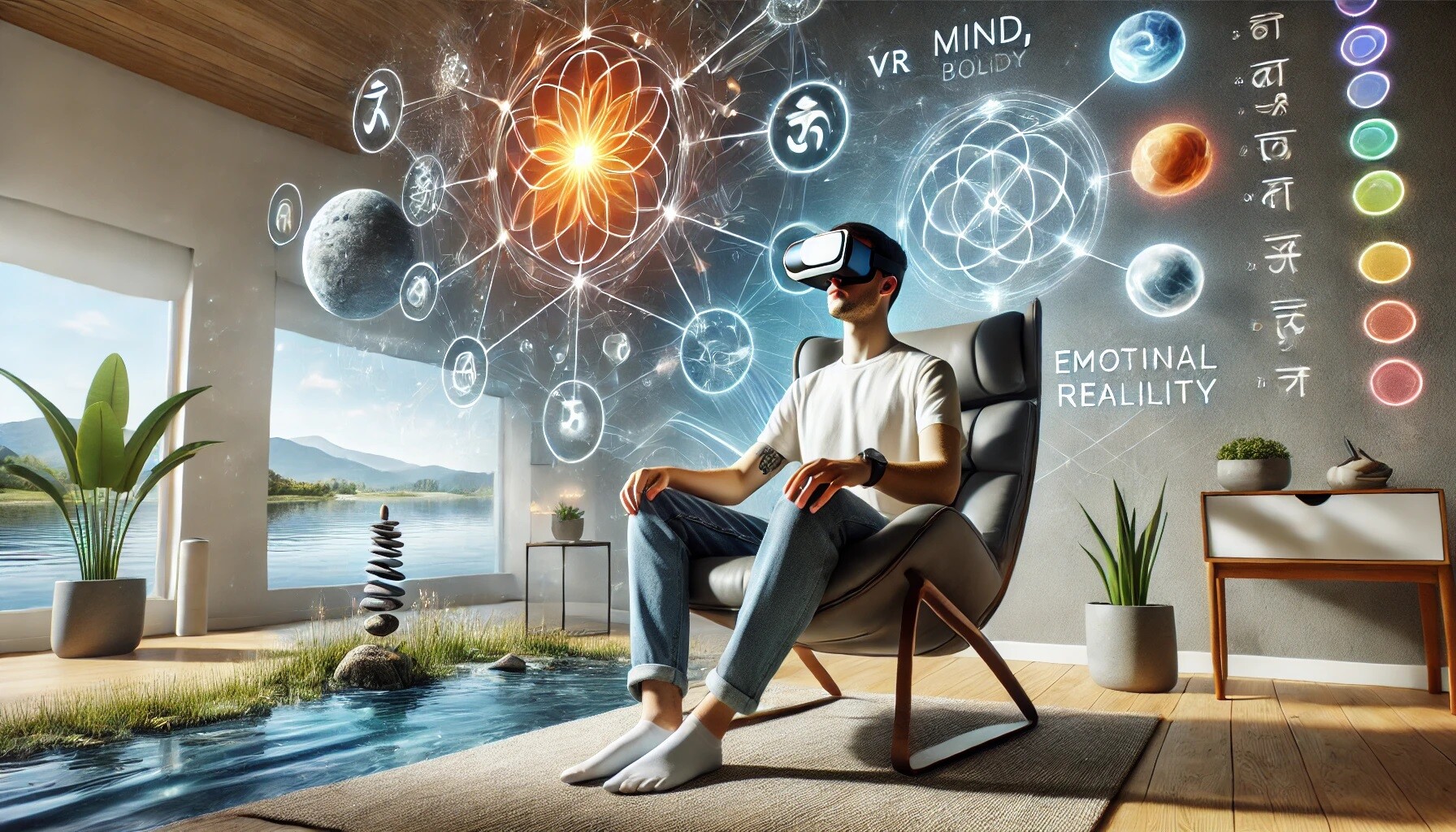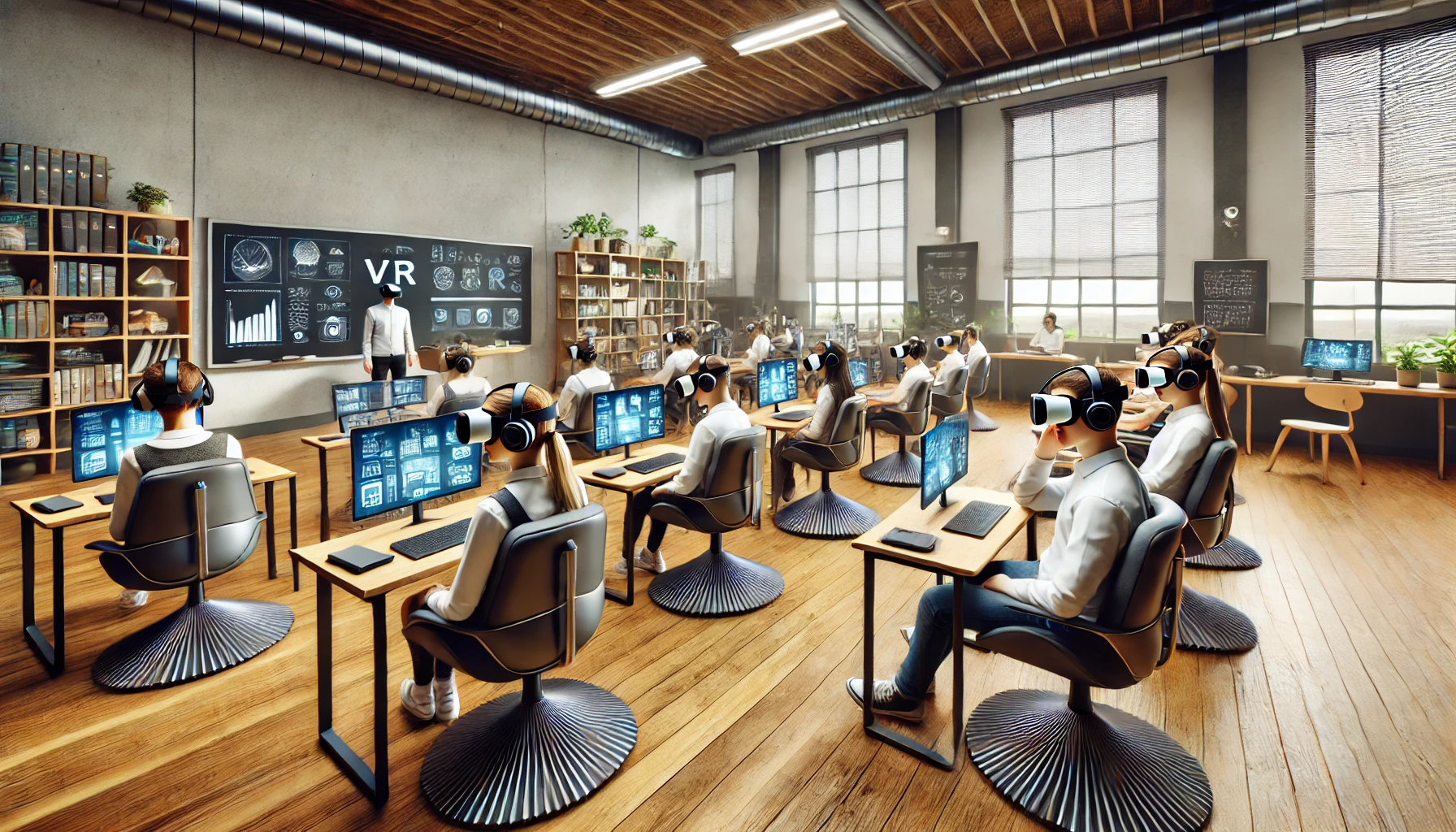The Benefits of VRenity: Enhancing Mental Wellness with 8D Sound and Virtual Reality
In a world where stress and anxiety have become all too common, finding innovative ways to support mental wellness is more important than ever. At ...
2 min read
 Nerdle
:
Feb 3, 2025 8:00:00 AM
Nerdle
:
Feb 3, 2025 8:00:00 AM

Virtual reality (VR) technology has transformed how we engage with the world, offering immersive simulated environments that feel remarkably real. While VR's roots stretch back decades, recent innovations have made it more accessible, realistic, and powerful than ever before. This blog explores how VR advancements specifically benefit first responders, military personnel, and hospital workers, helping them manage stress, enhance skills, and improve overall mental wellness.
For professionals operating under high stress—whether in the field, on the frontlines, or in critical healthcare settings—VR immersion relies heavily on two game-changing elements: headset technology and advanced audio systems.
Modern VR headsets, like the Oculus/Meta Quest 3, provide ultra-high resolution displays, a wide field of view, and low latency. This ensures lifelike visual experiences that are critical in training simulations or therapeutic environments. Built-in sensors and controllers track head and hand movements, allowing natural interaction with virtual scenarios, such as combat simulations for soldiers or trauma response training for paramedics. Many headsets are now wireless, offering flexibility and removing cumbersome cables—ideal for dynamic environments.
8D audio technology creates an immersive three-dimensional soundscape tailored to the listener’s position and orientation. In high-stress professions, this realistic audio dimension can play a significant role in calming anxiety or enhancing situational awareness. Applications like VRenity leverages 8D audio in virtual environments such as tranquil beaches or serene forests, allowing hospital workers, first responders, and veterans to decompress effectively after demanding shifts.
For professionals in high-pressure roles, VR immersion offers unparalleled opportunities in training, stress management, and recovery:
Despite its many benefits, VR immersion does present challenges:
At VRenity, we’re revolutionizing how first responders, military personnel, and healthcare workers approach mental wellness. Our cutting-edge VR solutions combine serene virtual landscapes with advanced audio-visual technology to create calming, therapeutic experiences tailored to high-stress professions. Whether you’re seeking immersive training or relief from daily stress, VRenity is committed to helping you find balance and resilience in a demanding world.
Prepare for a new dimension of wellness and professional growth—powered by VR.

In a world where stress and anxiety have become all too common, finding innovative ways to support mental wellness is more important than ever. At ...

Virtual reality (VR) technology allows users to experience simulated environments as if they were real. While VR has been around for decades, recent...
%20headset.%20The%20employee%20is%20d.jpg)
In today’s fast-paced corporate environment, employee burnout is an escalating concern. According to the World Health Organization (WHO), burnout is...